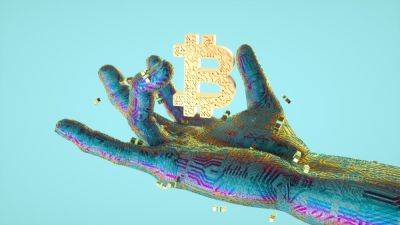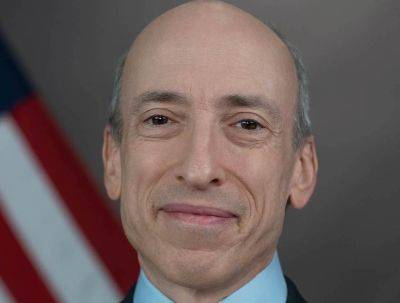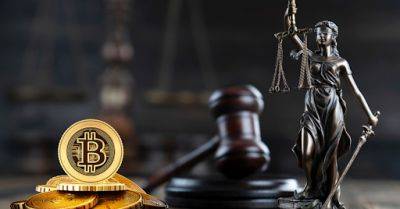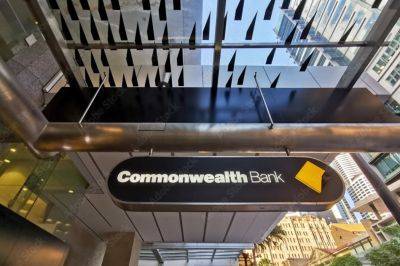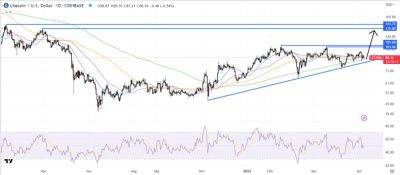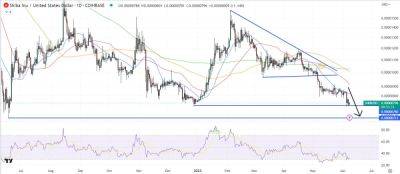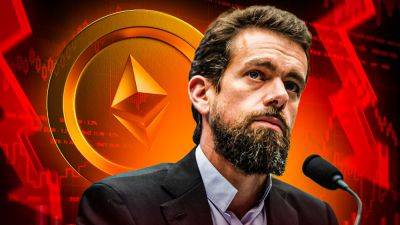Ordinals good or bad for Bitcoin? Supporters and opposers raise voice
Bitcoin Ordinals, a technology that enables adding text, images and code on a satoshi — the smallest unit of Bitcoin (BTC) — continues to inspire debate among the Bitcoin community.
Soon after the introduction of Bitcoin Ordinals in January 2023, the technology’s opponents began to raise concerns over its perceived flaws, citing issues like rising transaction costs and slower speeds.
Conversely, Ordinals supporters said that the tech provides more opportunities, improves decentralization and ensures freedom of speech.
As the number of Bitcoin Ordinals inscriptions doubled from 2.5 million to over 5 million in just eight days, Cointelegraph looks at the technology and the controversy surrounding it.
The undeniable and undesired impact of Ordinals on Bitcoin’s network capacity and scalability is one of the biggest arguments by Bitcoin purists, who believe that BTC is supposed to exclusively follow Satoshi Nakamoto’s prescribed peer-to-peer payment mission.
The ongoing rise in BRC-20 activity — which utilizes Ordinal inscriptions — has triggered a sharp increase in BTC transaction fees. The trading frenzy of BRC-20 memecoins like Pepe (PEPE) has driven Bitcoin transaction costs to the highest levels since 2021.
As users continue pouring BTC into minting new tokens settled via Ordinals inscriptions, the blockchain has also experienced massive congestion. On May 7, the Binance exchange temporarily closed BTC withdrawals due to 400,000 pending transactions clogging the mempool.
Given recent events, can we just agree to rename the mempool to memepool? pic.twitter.com/6jHQKvjPW2
Enrico Rubboli, CEO of Bitcoin layer-2 sidechain Mintlayer, told Cointelegraph that the technology behind Ordinals is “heavily flawed” and doesn’t follow the
Read more on cointelegraph.com

